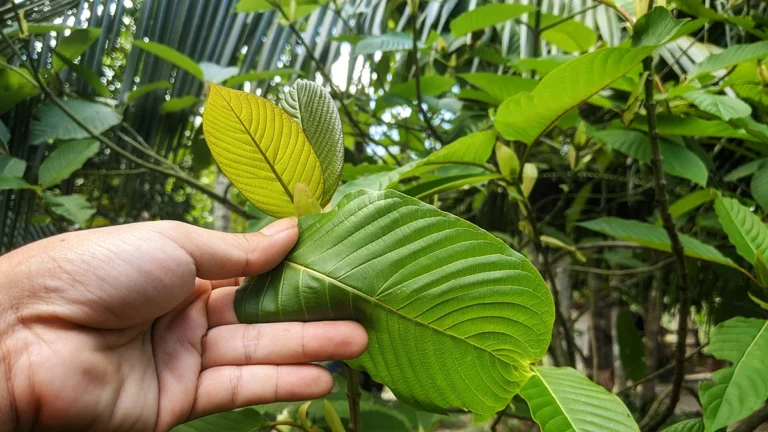Counterfeit Cash: How It’s Made and Distributed
- By Uma Das Gupta
- July 23, 2024
Counterfeit cash, the illegal replication of currency, poses a significant threat to economies worldwide. Understanding how counterfeit money is made and distributed before buy fake money helps in recognizing the methods used by counterfeiters and the measures needed to combat this illicit activity.
The Process of Making Counterfeit Cash
The creation of counterfeit cash involves several sophisticated steps. Initially, counterfeiters acquire high-quality paper that mimics the feel of genuine currency. This paper is often treated or specially produced to resemble the unique texture of authentic banknotes.
Design Replication:
High-quality images of genuine banknotes are captured using sophisticated scanners. Counterfeiters then use graphic design software to refine these images, ensuring that every detail matches the original.
Plate Creation:
For offset printing, which is often used for large-scale counterfeiting, counterfeiters create printing plates. This involves etching the replicated design onto metal plates, allowing for mass production.
Printing and Finishing:
Using either digital printers for small batches or offset printers for larger quantities, counterfeiters print the notes. After printing, the notes may undergo additional treatments such as artificial aging, washing, or adding false security features like holograms to make them appear more authentic.

Distribution Channels
Once counterfeit cash is produced, it enters circulation through various distribution channels. Counterfeiters employ several methods to distribute fake money, often blending it with genuine currency to avoid detection.
Retail Purchases:
One common method is passing counterfeit notes at retail establishments. By making small purchases and receiving genuine currency as change, counterfeiters can gradually introduce fake money into the economy.
Online Marketplaces:
The internet has become a significant distribution channel for counterfeit cash. Dark web marketplaces allow counterfeiters to buy fake money, who then distribute it further.
Money Mules:
Criminal networks often use intermediaries known as money mules to help distribute counterfeit currency. These individuals may be unaware of their role in the crime, believing they are participating in legitimate transactions.
Tourist Hotspots:
Counterfeiters often target areas with high tourist traffic, where people are less familiar with local currency and may be less vigilant in checking notes.
Counteracting Counterfeiting
To combat the distribution of counterfeit cash, governments and financial institutions employ various measures. Advanced security features in banknotes, such as watermarks, security threads, microprinting, and color-shifting inks, make counterfeiting more challenging. Additionally, public awareness campaigns and training for retail staff help in identifying fake notes.
The production and distribution of counterfeit cash is a complex and evolving threat that requires ongoing vigilance and sophisticated countermeasures. Understanding the methods used by counterfeiters is crucial in developing strategies to protect the integrity of the currency and ensure economic stability.
















